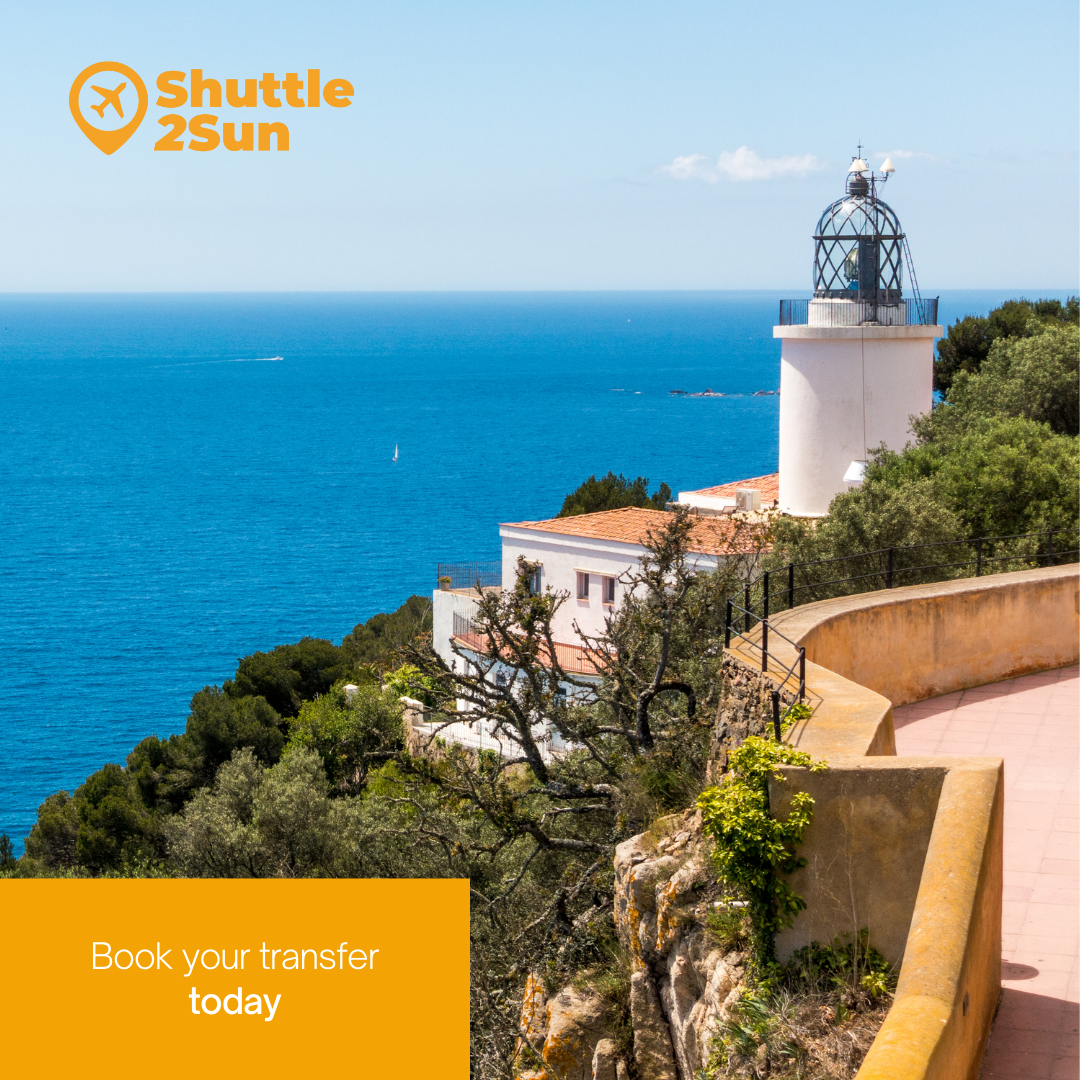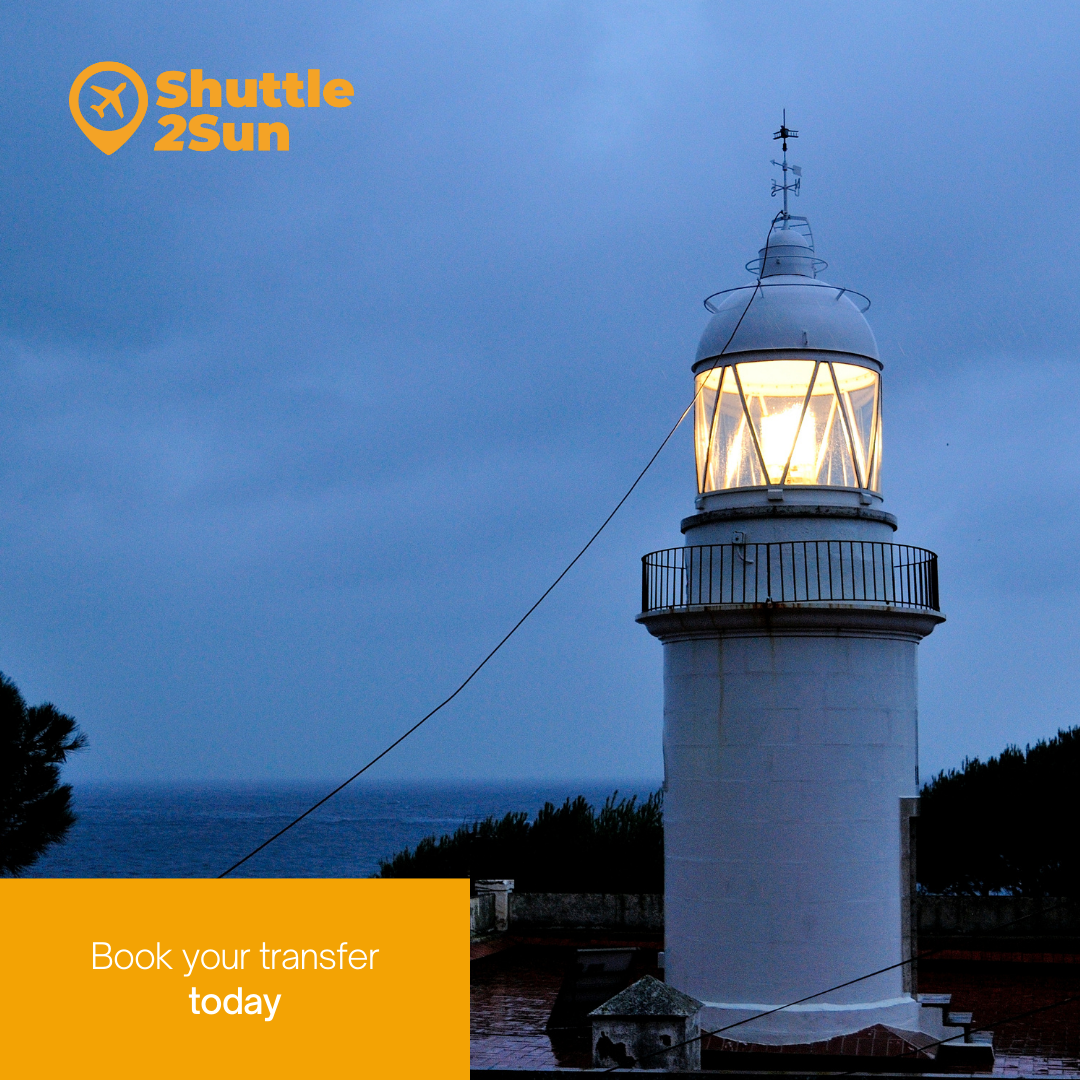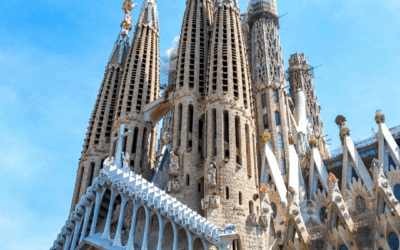The extensive coastline that makes up Costa Brava, located in the northeast of Catalonia, is the ideal destination if you wish to enjoy its azure beaches and coves, while relaxing on the sand under the sea breeze and the pleasant rays of the sun. However, in addition to the beaches and coves that give shape and colour to its coastline, there are also various elements that add a certain personality to its 214 kilometres of coastline and are well worth a visit.
In total, Costa Brava is made up of some thirty towns and villages that form the outline of this coastline. Some of the best known are Tossa de Mar, Palamós, Roses, Cadaqués, Empuriabrava, Tamariu and Calella de Palafrugell, although you will find many more with some of the most charming spots.
In this publication, we are going to talk about an element that characterises most of these coastal towns: their lighthouses, facilities whose use has varied over the centuries, but which maintain unique views due to their privileged locations overlooking the sea. Shuttle2Sun offers its shared transfer services and private transfer services, low-cost and sustainable, so that you can move to any town on Costa Brava, from Barcelona airport, Barcelona port, Reus airport, Girona airport and Camp de Tarragona AVE train station.
Usefulness of lighthouses
Generally, lighthouses have and had a function of control over the environment, from which the arrival of ships from the sea could be seen; as well as being a point of orientation for those navigators who, on board their ships, sought to reach dry land. Its origin dates to Roman times.
Its structure is formed, in most cases, by its tower, presided over by the luminous focus, which emits a white light, so that it can be seen from any point on the coast. Lighthouses should not be confused with beacons, another type of similar structure that emits a light of a different colour, such as red or yellow, among others, and which also serve to mark a specific point on the coast to warn vessels.
Many of these lighthouses on Costa Brava have opened their doors in recent years, becoming interpretation centres and an essential place to visit for tourists and residents alike.

Lighthouses of Catalonia
Along the entire coastline of Catalonia there are more than twenty lighthouses, distributed along the entire coast, which, if we join them together, we will obtain a magnificent route or set of routes to visit and discover the most beautiful beaches and coves, as well as the most hidden ones in the whole territory.
There are currently ‘Camins de Ronda’ (coastal paths), both on Costa Brava and on Costa Dorada, which allow the population to walk or cycle, just a few metres from the sea, all around the area. Moreover, most of these circuits can be done with the family, as they are suitable for all ages. Even so, we must bear in mind that some sections have stairs and may be somewhat difficult, as in some cases they go into the rugged terrain of the coastline.
If you would like to discover these routes and the lighthouses that characterise Costa Brava, remember that Shuttle2Sun offers its shared transfer services and private transfer services, both low-cost and sustainable, so that you can travel to any location on Costa Brava, from Barcelona airport, Barcelona port, Reus airport, Girona airport and Camp de Tarragona AVE train station.

Punta de s’Arenella, one of the most beautiful spots on Costa Brava
In the bay of Port de la Selva you will find one of the most renowned lighthouses on Costa Brava, which is also the most northerly on our list, known as Punta de s’Arenella.
This lighthouse, dating from the early 20th century, was built to improve the orientation and visibility of fishing boats, due to the difficulties that this point of the coastline presented because of its irregular shape.
Cala Nans Lighthouse and Cap de Creus Lighthouse, in Cadaqués
Another of the most important is Cala Nans lighthouse, which offers incredible views of the coastline of Cadaqués, another of the coastal towns par excellence.
Its landscape becomes a unique space, especially at sunset, when the orange and reddish rays of the sun fall on the dark Mediterranean Sea. This lighthouse was built at the end of the 19th century.
In this same village you can also visit Cap de Creus lighthouse, where, in the past, there was a watchtower that was used to spot possible attacks by pirate ships.
Sant Sebastià lighthouse
The town of Calella de Palafrugell also hides one of the most beautiful and representative lighthouses in Catalonia, Sant Sebastià lighthouse, built in the mid-19th century. It forms part of the monumental complex of Sant Sebastià de la Guarda, where you can also visit the Hermitage of Sant Sebastià, the Iberian archaeological site and the guest house.
Many more lighthouses to discover
In addition to these three, Costa Brava has many more lighthouses along its coastline. For example, Roses lighthouse, in neoclassical style; Meda lighthouse, located in the archipelago of Medes Islands, in L’Estartit; Punta del Molí, in Palamós, with its hexagonal tower; and Tossa de Mar lighthouse, at the highest point of Vila Vella.
Come to Costa Brava and let yourself fall in love with its charming lighthouses. With Shuttle2Sun‘s shared transfer services and private transfer services, low-cost and sustainable, you can get to any location on Costa Brava, from Barcelona airport, Barcelona port, Reus airport, Girona airport and Camp de Tarragona AVE train station.



